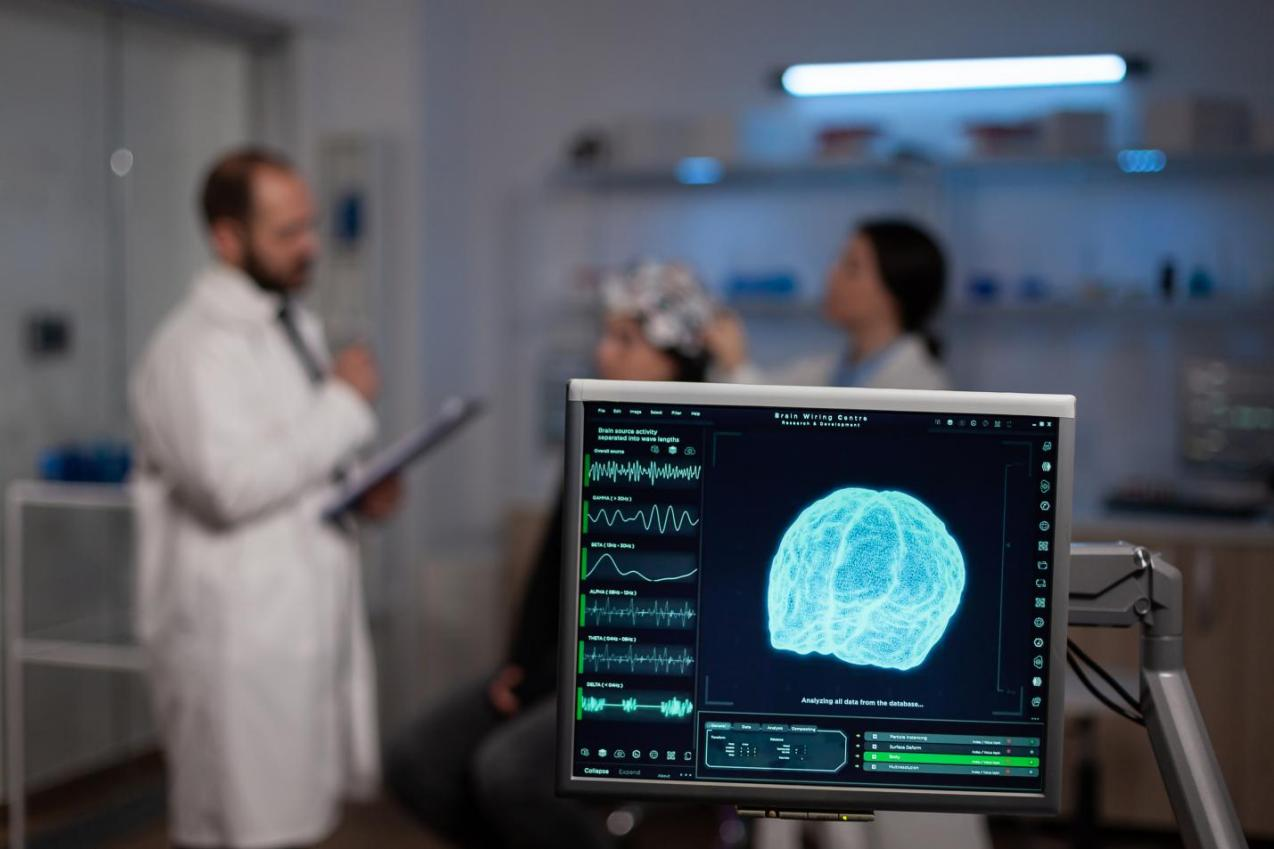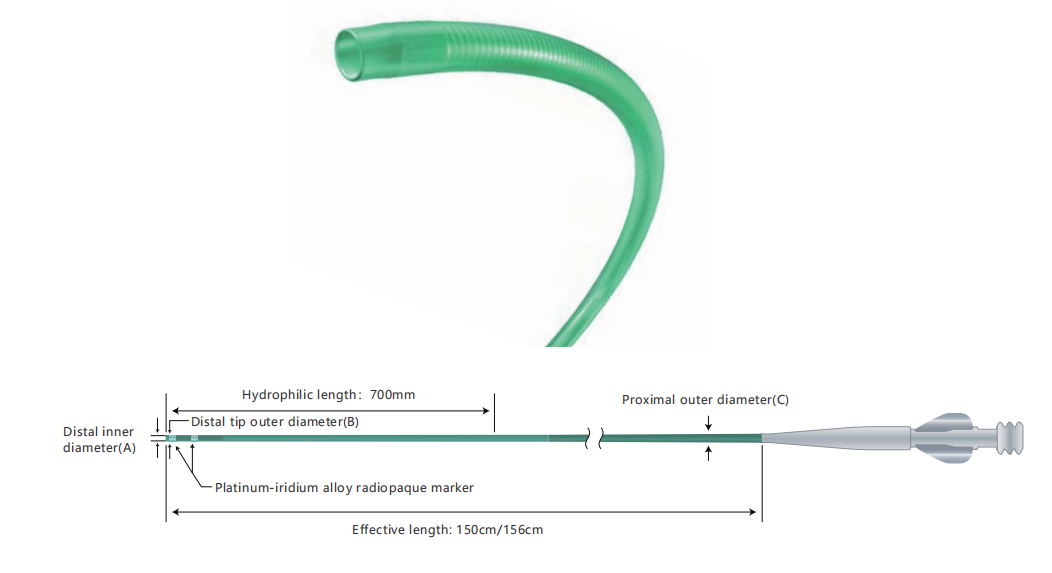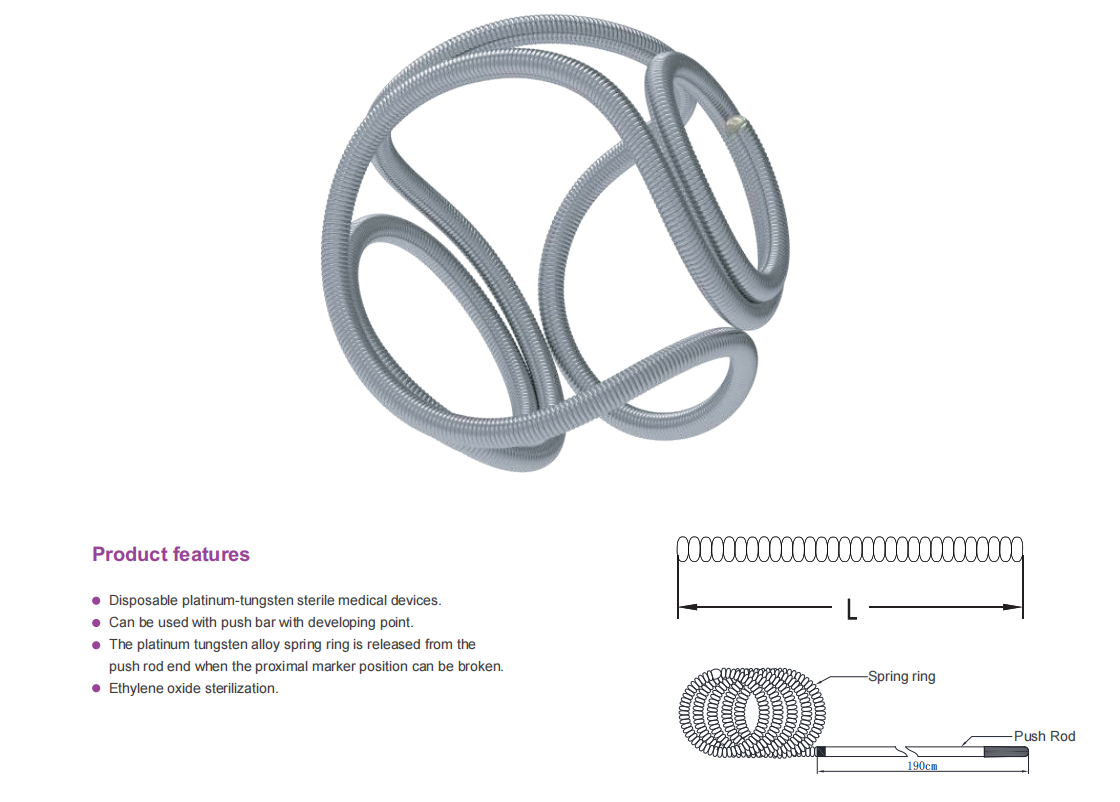What is Neurointervention?
Neurointervention, or neuro intervention, is an important minimally invasive medical technique for diagnosing and treating neurological disorders. It is accomplished through a small incision in the skin, using catheters and other tools. Advanced imaging technology allows neurointerventional physicians to precisely guide these instruments to sensitive neural structures.
Its minimally invasive nature means smaller incisions, less pain, and a shorter recovery time. Neurointerventional therapy is currently used to treat a variety of conditions affecting the brain, spine, head, and neck.

What Conditions Can Neurointervention Treat?
Neurointervention offers effective treatment options for various neurological disorders. In fact, with ongoing advancements in technology, more conditions are becoming potential indications for neurointerventional therapy.
- Intracranial Aneurysms
- Arteriovenous Malformations (AVMs)
- Dural Arteriovenous Fistulas (DAVFs)
- Carotid-cavernous Fistulas (CCFs)
- Acute Ischemic Stroke
- Intracranial Atherosclerosis
- Carotid Artery Stenosis
- Vertebral or Intracranial Artery Dissections
- Spinal Vascular Malformations
- Meningiomas (for tumor embolization)
Clinical Applications of Neurointervention
As a minimally invasive therapeutic approach, neurointervention plays a significant role in the diagnosis and treatment of cerebrovascular diseases. Here are two key clinical applications:
-
Intracranial Aneurysm Embolization
Intracranial Aneurysm Embolization is an interventional treatment for intracranial aneurysms.
These aneurysms are localized dilations in cerebral vessels that pose a risk of rupture and life-threatening bleeding. Neurointerventional physicians use intermediate catheters and micro catheters to deliver detachable coils, into the aneurysm under imaging guidance. These materials promote blood clotting within the aneurysm, thus effectively blocking blood flow and preventing rupture or leakage.
Throughout the procedure, the precision of modern catheters and guide wires for catheters minimizes procedural risks, offering a safer alternative to open surgery.
-
Mechanical Thrombectomy for Ischemic Stroke
Mechanical thrombectomy (MT) is an endovascular procedure used to treat ischemic stroke.
Ischemic stroke, the most common type of stroke, is caused by thrombotic occlusion of cerebral vessels. It is a life-threatening medical emergency. MT is primarily indicated for ischemic strokes caused by large vessel occlusion, especially acute occlusion of important cerebral vessels such as the middle cerebral artery and internal carotid artery.
Under imaging guidance, neurointerventional physicians use catheters and stent retrievers to remove thrombi. This intervention rapidly restores blood flow and significantly improves the prognosis of stroke patients.
Key Tools Used in Neurointerventional Procedures
Neurointervention relies on sophisticated medical equipment. Here are some essential tools:
1. Imaging systems – Fluoroscopy and magnetic resonance imaging (MRI) are used to ensure accurate navigation and placement of medical devices.
2. Intermediate Catheters/Microcatheters – Intermediate catheters are used to establish vascular access and provide a pathway for subsequent procedures. Microcatheters, on the other hand, are designed for navigating delicate vessels.
3. Guidewires – Medical guidewires guide the catheter through complex vascular pathways, minimizing damage to surrounding tissues. There are also microguidewires, which are smaller in size and work with microcatheters.
4. Stents – In neurointervention, the stent supports the vessel wall and maintains the patency of wide-neck aneurysms or dissection segments. In addition, the self-expanding nitinol design ensures adaptive radial force and minimizes damage to the vessel during the procedure.
5. Embolic materials – materials like detachable coils are used to block blood flow to specific areas.
6. Balloon catheters – Balloon catheters can be used in neurointerventional procedures to temporarily occlude blood flow or assist in the placement of other devices.
Shunmei Medical: Reliable Supply of Neurointervention Devices
Neurointervention needs precise and reliable medical instruments.
As a professional catheter manufacturer and catheter supplier, Shunmei Medical offers Neural Micro Guide Wires, Microcatheters, Detachable Coils, Neural Balloon Dilatation Catheters. Our R&D hubs, strategically positioned in Huizhou, Hunan, and Germany, are staffed by a cohort of highly skilled and dedicated professional engineers. These experts work in close synergy with the world's leading cardiologists, leveraging their collective expertise to propel the frontiers of medical innovation.
Neural Micro Guide Wire-Shun Syncess is primarily used for aneurysms in the neuro vascular. The guidewire can be guided to facilitate selective placement of diagnostic or therapeutic catheters. It has excellent torque controls for precision navigation across vascular routes and is designed for reliable stability and flexibility. The soft distal tip decreases vascular trauma during operations. The distal end has a 5 cm outer coil (Platinum) for fluoroscopic visualization.

Neural Microcatheter-Shun Captain is suitable for percutaneous insertion into neurovascular vessels. The outer layer of the microcatheter is made of materials with different hardnesses, softening from proximal to distal, providing excellent controllability. The unique coiled wire structure provides the appropriate softness of the catheter body, making it more suitable for fragile intracranial vessels. Excellent lubrication reduces damage to blood vessels. Tapered distal end design with 1.7F/2.0F/2.6F multi-size options for a precise fit with a guidewire. Suitable for small intracranial vessels.

Detachable Coils are disposable sterile medical devices made of platinum-tungsten alloys for controlled deployment and occlusion. It can be used with a pusher with a development point that maximizes packing density for vascular embolization. Different coil sizes and configurations allow for individualized treatment techniques for different anatomical difficulties.

Conclusion
Neurointerventional procedures carry risks like vessel perforation, thrombosis, and device migration. That’s why precision and reliability in medical devices matter. At Shunmei Medical, we design our neurointervention products with control and accuracy in mind—helping interventionists navigate complex vascular pathways safely and effectively for better patient outcomes.


